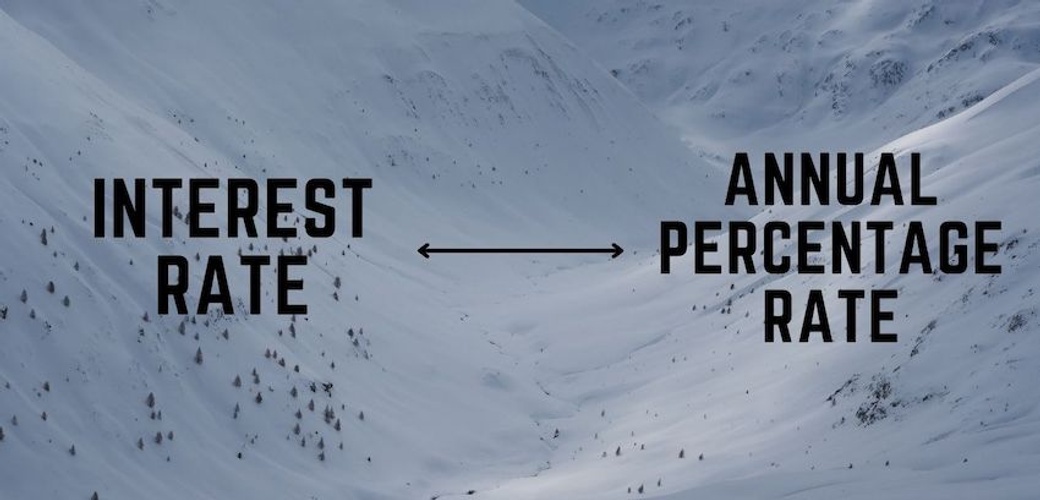


When considering loans in Nigeria, it’s essential to understand the difference between the interest rate and the Annual Percentage Rate (APR). The interest rate is the gain that lenders make on their capital, influenced by factors like the loan amount, repayment period, borrower’s income, debt-to-income ratio, and credit report. On the other hand, the APR represents the total cost of the loan, encompassing both the interest rate and all associated loan fees. Therefore, while the interest rate might initially appear lower, the APR provides a more comprehensive picture of the loan’s actual cost.
When shopping for a loan, your primary concern is to get the best rate possible. But what you might not realize is that lenders advertise rates that do not represent the full cost of their loan.
So you go ahead and pick a lender that has the lowest interest rate. But at the end of the day, when the loan term is complete, you find that you’ve paid more than you expected.
Two numbers (expressed in percentages) represent a loan’s cost – the interest rate and the annual percentage rate (APR). Although they both show how much you have to pay for a loan, they are not the same.
What is an interest rate? Putting it simply, an interest rate is the gain that a lender makes on their capital. It is the price you pay for borrowing.
For example, let’s say you take a car loan of N 600 000 at an interest rate of 10% per annum. Your annual interest payment would amount to N 60, 000, or N 5 000 per month.
Lenders assign different interest rates to borrowers. Your approved interest rate will depend on:
Note: The final amount you pay on interest also depends on whether the loan repayment is amortized or made on an interest-only (cash-on-cash) basis.
What is an Annual Percentage Rate?
APR is the total cost of a loan. It includes:
Just like interest rate, APR is also expressed as a percentage. The figure depends on the type of loan you are getting and the terms and conditions of the lender.
Different fees may come with your loan. They include, but not limited to:
Some of these fees are negotiable, and some are not.
While an interest rate stipulates what you will pay monthly for your loan, APR, on the other hand, paints a broader picture of what the loan will cost you in full.
When shopping for loans, get the best value by comparing the interest rate and APR of different lenders. One lender might have a lower interest rate but compensates for it by adding several fees that ultimately increase your loan cost. Other lenders, although they may have a higher interest rate, might not attach so many fees.
So, ensure that you make the necessary inquiries. Compare APRs and interest rates before committing to a loan. If you don’t have the capacity or the time to conduct the research yourself, we suggest using the services of Credit Nigeria.
Credit Nigeria is an online loan platform that helps you locate loan offers that match your criteria. They make it easy for you to compare costs and pick the loan that is right for you. The service comes at no charge.
₦10,000 Loan ● ₦20,000 Loan ● ₦30,000 Loan ● ₦40,000 Loan ● ₦50,000 Loan ● ₦100,000 Loan ● ₦200,000 Loan ● ₦300,000 Loan ● ₦500,000 Loan ● ₦1 Million Loan ● ₦3 Million Loan ● ₦5 Million Loan ● ₦6 Million Loan
● Online Loan ● Emergency Loan ● Payday Loan ● Debt Consolidation ● ● Rent Loan ● Travel Loan